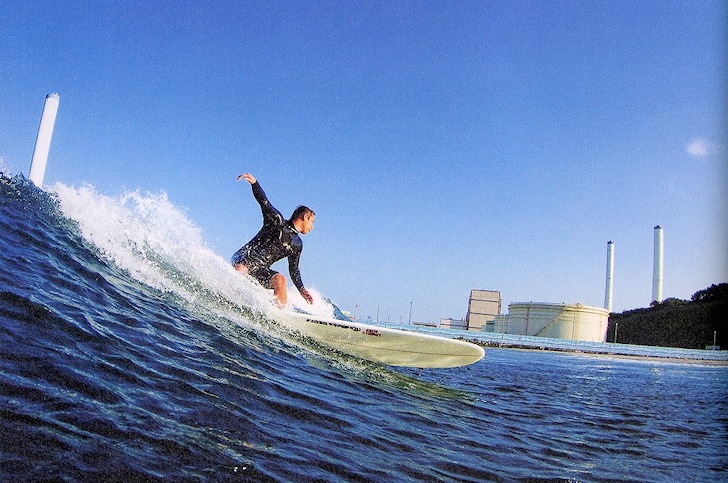Fukushima was one of the best surfing regions in Japan. After the tsunami and the nuclear power plant meltdown, Japanese surfers had to change their habits. Since March 11, 2011, surfing is banned.
Until then, Fukushima was an incredible surf spot.
There were stunning right-handers being ridden right in front of the nuclear station every day and many other secret spots around the facility.
The Fukushima disaster is considered one of the worst nuclear tragedies of all time.
Explosions, overheating, and radioactivity release threatened life in the surrounding areas. The local authorities raised the emergency levels to the highest value on the scale: 7.
The cooling problems never stopped, and the damaged reactors immediately started contaminating the ocean. Waves and water were reportedly indicating radiation levels 100,000 times higher than usual.
Before March 11, Fukushima was known for the quality surfing waves. In 140 kilometers of coast, there were more than 20 surf spots.
West Coast, Kamioka, Nakoso, and Toyoma were famous breaks where Japanese riders from all over the country discovered new adventures in waves.
In a matter of days, the Fukushima surfing community rapidly understood that their generation might not ride waves at their local beach forever.
Today, life is not possible inside the 20-kilometer perimeter. Surfers won't surf, and humans won't live here, who knows, for decades or centuries.
Watch the quality of surfing in Fukushima.
